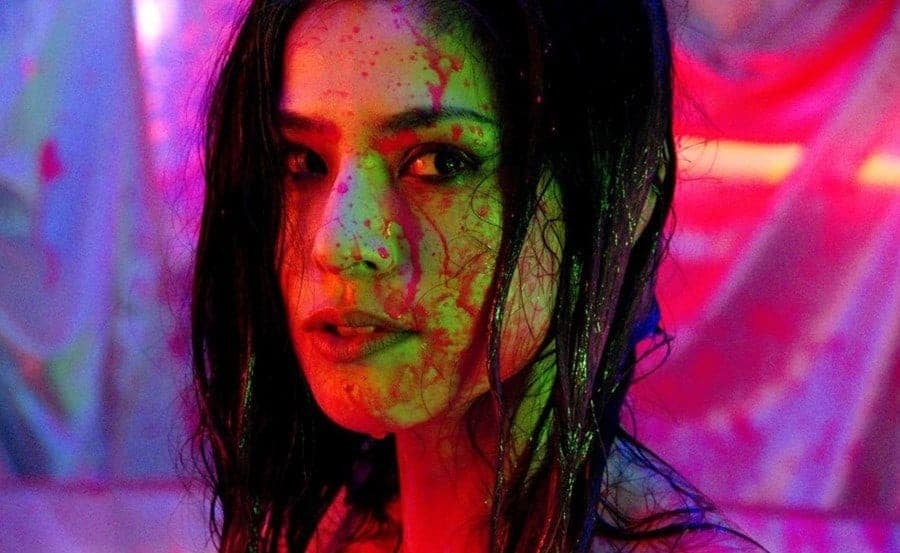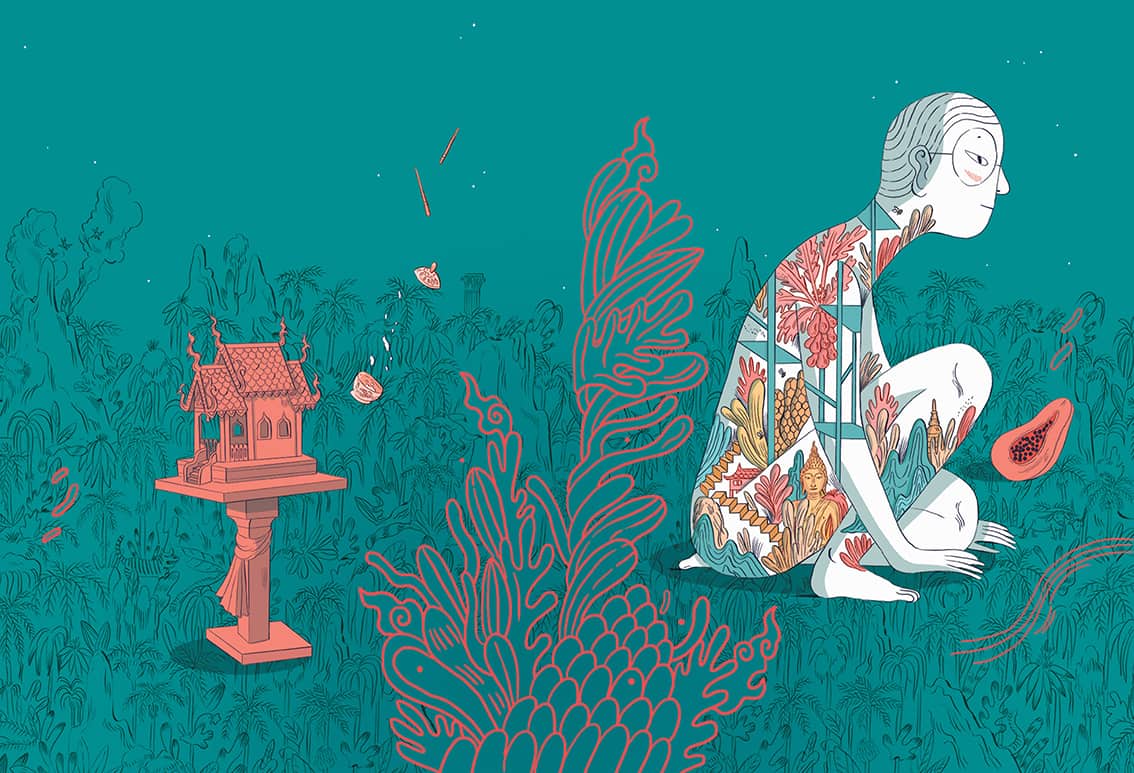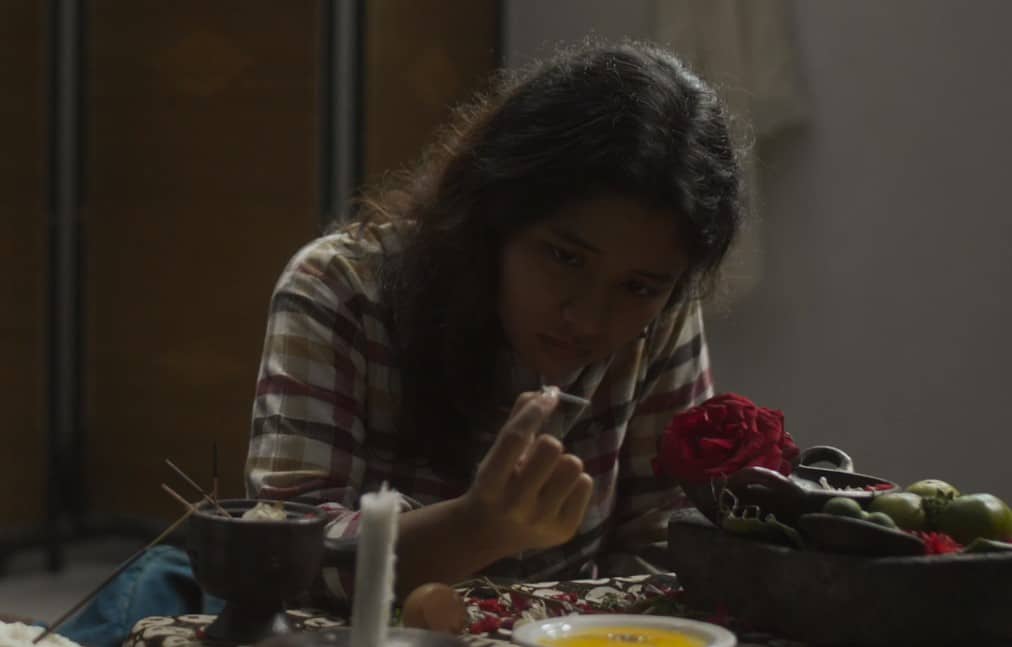Considered by many as one of the greatest films of Filipino cinema, and one of the few from the country that is consistently placed among the world's top films of all time, “Manila in the Claws of Light” is a definite masterpiece, a movie that presents the reality of the city (and in essence, the country) during the 70's in the most realistic fashion, without, though, neglecting its aesthetics and the entertainment it offers, even for a frame.
“Manila in the Claws of Light” is screening at Across Asia Film Festival

The story is based on the novel “In the Claws of Brightness” by Edgardo M. Reyes, and focuses on Julio Madiaga, a country bumpkin who arrives in Manila from Marinduque island. His purpose is both to get a better life but also to track down the love of his life, Ligaya, who was brought to Manila by a mysterious lady named Mrs Cruz, supposedly for schooling. Julio gets a job in construction, where he experiences first-hand the cruelty of the contractors, who pay the workers next to nothing and have no care for their safety, even when deadly accidents become the rule. Julio, however, makes a friend there, Atong, and is with him that one day stumbles upon a woman who reminds him of Mrs Cruz and decides to follow her. A number of more chance encounters with her become the starting point of an odyssey for Julio, who experiences, first hand, police corruption, the exploitation of the poor and ignorant, prostitution and, in the end, violence, just before the terrible secret of Ligaya's fate in Manila comes to light.
The main element of Lino Brocka's narrative is, evidently, realism, with him implementing a documentary-like approach to the social circumstances of Manila in the 70's. In this effort, he benefits the most from Miguel de Leon's cinematography, who captures all the aspects of Manila with artistry and precision, as close to the “action” as possible, and with no punches pulled.

Brocka's look is quite accusatory, with him blaming the “capital” for exploiting the poor and the authorities for cooperating fully with the rich. Inevitably, this lack of any kind of prosperity and providence also leads to moral decay, another aspect that is quite eloquently depicted through the ring of prostitution in the city, which involves both women and men.
Julio functions as a metaphor for the poor man, as all the aforementioned blights seem to fall either upon him or upon his loved ones and his friends. As I watched his trip through the misery of Manila, and his inevitable downward spiral, I felt an intense sense of anger for the way he accepts all these things he witnesses and experiences, and I actually waited for the moment he erupts, inescapably resorting into violence. This, however, is not an action or exploitation film, and Brocka uses even his eruption to portray the hopelessness of the “little man”, who has no way out of his situation, particularly because he is alone, despite the fact that many share the same fate. In that fashion, the finale of the film is one of the most intense scenes in the movie as it capstones everything Brocka wanted to communicate.

However, the film is neither a documentary and Brocka has also taken care of the entertainment part, by allowing it to function through a combination of noir (through the constant search for Ligaya) and melodrama (through all the unfortunate events that befall Julio). The combination of documentary-like realism and the aforementioned elements highlights the directorial effort of Brocka, who came up with a film that retains interest for the whole of its 125 minutes, even now, after so many years. Edgardo and Ike Jarlego's editing combines these two hypostases of the narrative excellently, while retaining a relatively fast pace that suits the aesthetics of the movie fully.
Bembol Roco as Julio gives an impressive performance, highlighting both his naivety in the beginning and his downward spiral into despair as he realizes the reality of his country. His face, which looks innocent almost all the time, helps him significantly in both regards.
Not much more to say, “Manila in the Claws of Light” is a masterpiece, and a must-see for every fan of cinema who searches for context in movies, although the ones who just search for drama will not be disappointed at all.















